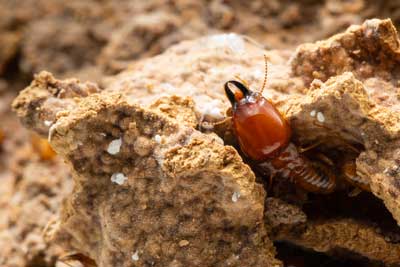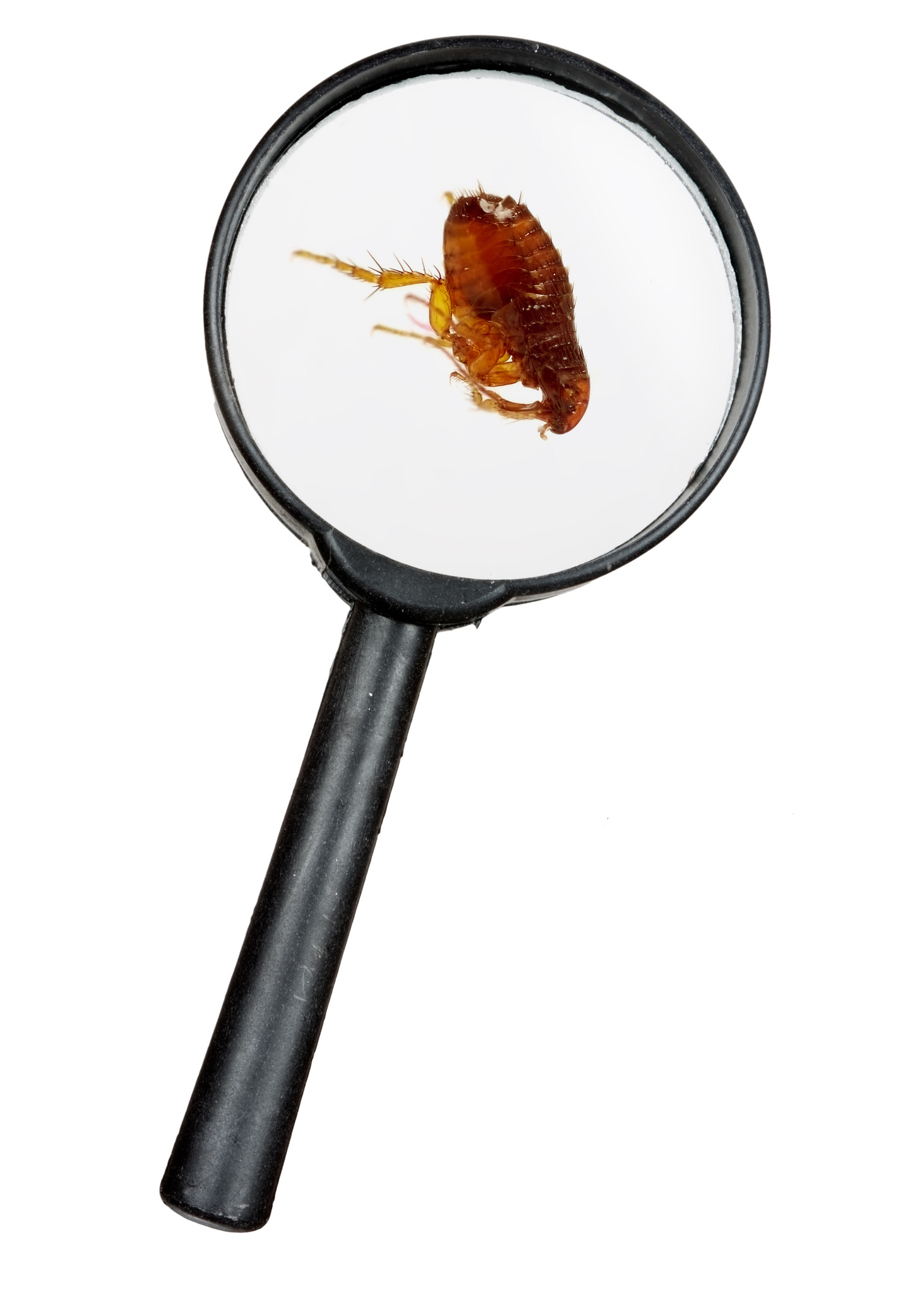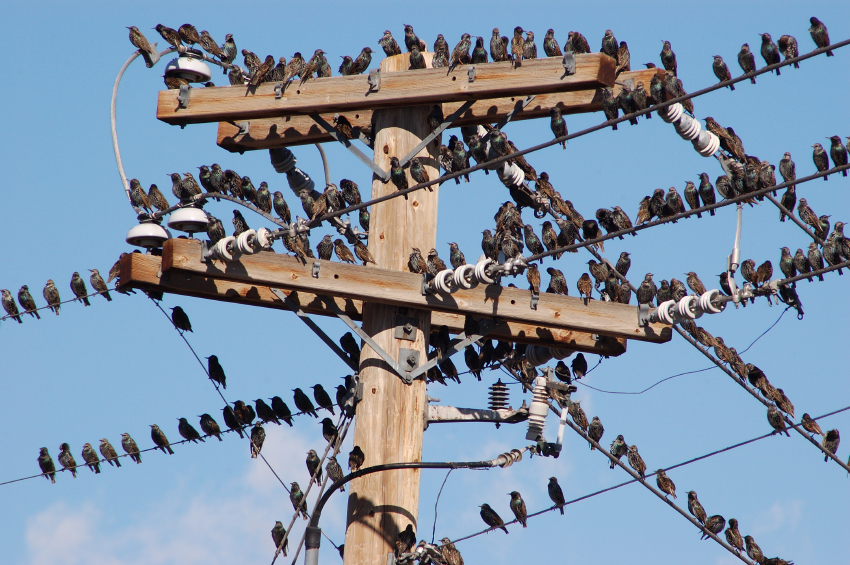Can your Fourth of July be Pest-Free? Your Fourth of July agenda usually includes picnics, cookouts, fireworks and good times with family and friends. It can also include an “explosion” of unwanted pests that want to spoil your good times.
When people gather for their holiday celebrations it is given there will be abundance of food and beverages available. However, your guests aren’t the only ones angling to fill up their plates! Pests are drawn to the sweet, sugary desserts, fruit and soft drinks that are a staple of holiday functions, as well as the greasy leftovers that can be found on grills, serving trays and garbage cans filled with post-party trash.
Griffin Pest Solutions wants you, your family and friends to have a safe, enjoyable Fourth of July and offers the following tips to keep annoying pests from spoiling your holiday fun.
- Flies – Flies are a common interloper to almost any backyard cookout or picnic. Keep these filthy insects from spoiling your picnic by covering your food with foil or tight sealing lids or set up the buffet inside a screened in porch or tent. Also, remember to clean up food and beverage spills since they are a major attractant to flies.
- Ants – Like flies, ants are drawn to food, and food spills and leftovers. Ants thrive on sweet, sugary substances like spilled soft drinks. Cleaning up spilled food and drinks, and rinsing out cans and bottles before they go into the recycle bin or garbage can will deny ants their sought after prize.
- Stinging Insects – Nothing can ruin a party like getting stung by a bee or yellow jacket. Griffin Pest Solutions recommends homeowners inspect their property before the party for any signs of nests in trees or under awnings and the eaves of your home. Also, cover food and beverage cans/bottled since many stinging insects are attracted to sugary substances and no one wants to swallow a bee that flew into your beverage!
- Mosquitoes – These nuisance pests are regular holiday party crashers and eliminating standing water and keeping vegetation trimmed in your yard are ways to prevent mosquitoes from nesting. Using insect repellent or yard sprays containing DEET or eucalyptus oil, lighting citronella candles or turning on a ceiling or box fan to literally blow mosquitoes away from your deck or patio (mosquitoes are not good flyers) are ways to toss these uninvited guests out.
If you have a problem with or questions about spring pests call or e-mail Griffin Pest Solutions at 888/547-4334 or callcenter@https://www.griffinpest.com/
Have a happy and safe, pest-free, Fourth of July!






